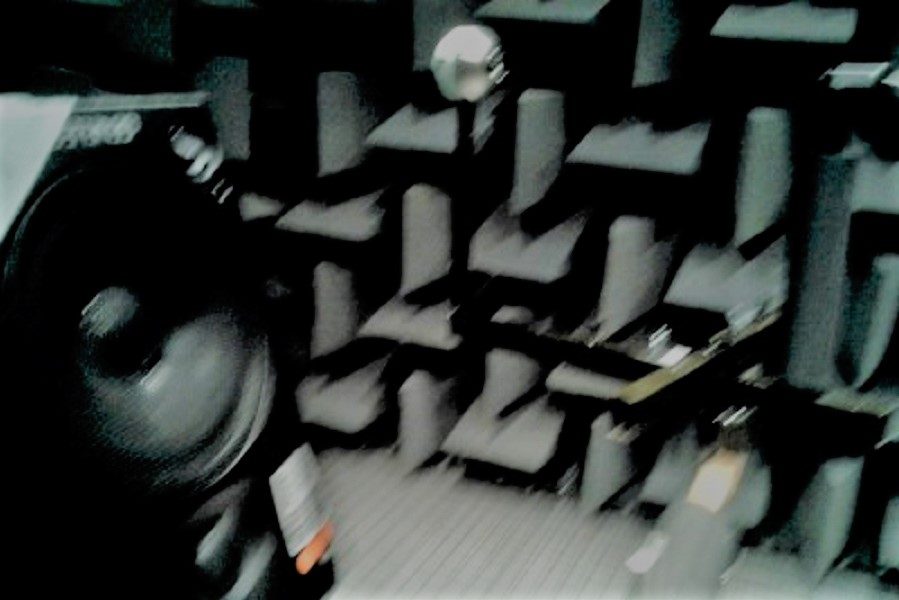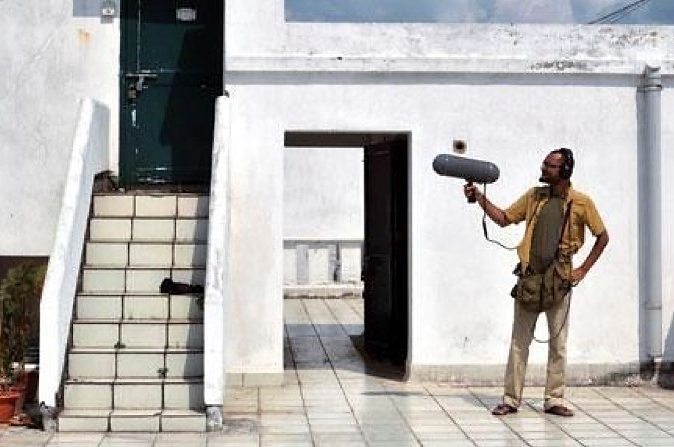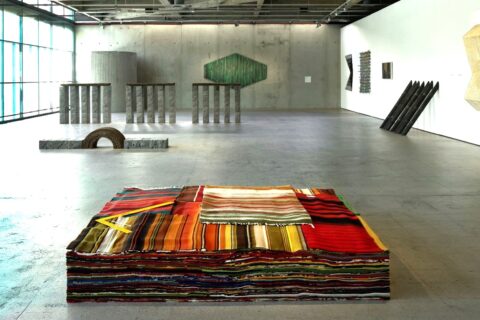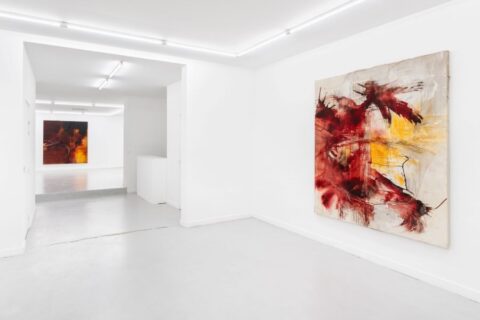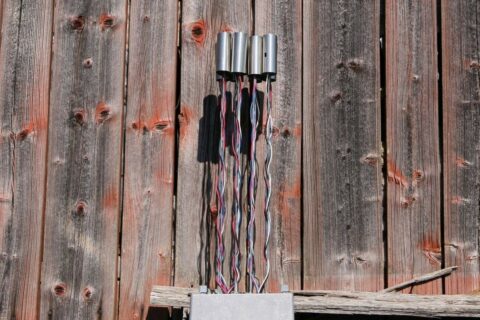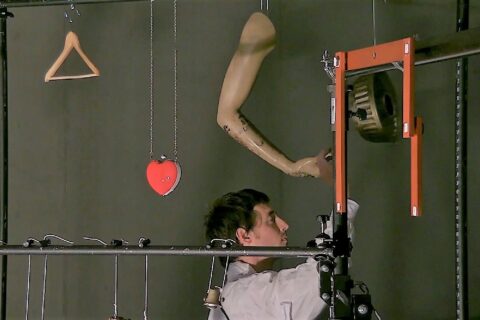In India, movie sound is dominating, and independent indigenous and original sound art, as understood in the West, is largely missing. Related festivals, for example, do not strictly speaking present works of sound art, but eg. acoustic experimental improvisers, sound presentations, bit-based projects, and installations.
There are signs, however, that pure sound art is raising its head also in South-Asia. One major player in the field is Budhadity Chattopadhyay, who has published a series of sound art works in Western countries using recorded environmental sounds as the starting point.
Budhaditya Chattopadhyay’s 6-channel sound installation ”Dismantling a Sound-work in Six Easy Steps” was presented in the Akusmata Gallery in 2012. According to the introductory text the work explores the artistic process involved in a sound composition. The approach is not merely deconstructive. Rather, the installation incorporates review and recapitulation of the process of composing that uses field recording as a material.
The installation acts as a decomposition of the finished work in order to question over-determination in the end product of sound-based artworks. Primarily considering sound as an artistic material of essentially ephemeral in nature, the installation examines the trajectory of phenomenological development the work possibly has gone through.
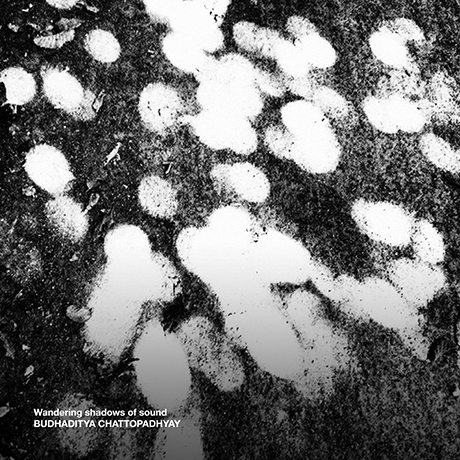 As to methodology, it disengages the six primary layers of field recording materials used in the work. In doing so, the installation involves the audience to experience the work in a process-oriented way.
As to methodology, it disengages the six primary layers of field recording materials used in the work. In doing so, the installation involves the audience to experience the work in a process-oriented way.
The multi-level sound projection unwraps the work into its source material of field recording disembodied in their inability to translate actual location onto augmented space of the gallery, thereby remaining as visceral audio layers disposed to the audience as a speculative structure of the work. Rather than contributing to the tradition of process art, the installation stems out of a necessity to analyze, articulate and describe a sound-based artwork from a phenomenological angle. The artist’s current academic involvement with sound here works as a catalyst keeping the installation in a discursive state.
Biography
Born in Birbhum, India, Budhaditya Chattopadhyay studied Cinema specializing in Audiography at national film-school SRFTI in Calcutta (2003-2006), and later received Master of Arts in New Media with an emphasis in Sound Art from Aarhus University, Denmark (2007-2009). Since studying at film-school, he has been involved with sound composition primarily as response to the visual supremacy over predominantly artificial construction of sound in Cinema; consequently, his critical engagement with an autonomous auditory practice develops into a body of work that consists of sound-based new media artworks processed in dialectical opposition to cinematic sound.
His works have been exhibited at a number of venues and performed widely. In 2007 he has collaborated with Rijksakademie network to produce an archive of urban audio imageries for a series of curated shows; being a SARAI fellow in 2006, he has worked on a sound art project presenting the outcome at CSDS, New Delhi. Between 2009-2010, he has received a generous grant from Prince Claus Fund to collect audiovisual materials for producing a large-scale sound and video installation. He is recipient of the prestigious Arts Scholarship in 2011 from Charles Wallace India Trust London. He has been short-listed in the PRIX Phonurgia Nova 2010, and awarded with an Honorary Mention in PRIX Ars Electronica 2011. Currently he is engaged with a practice-based PhD project researching on the inter-relationship and cross-influences between cinema, digital media and sound art.


